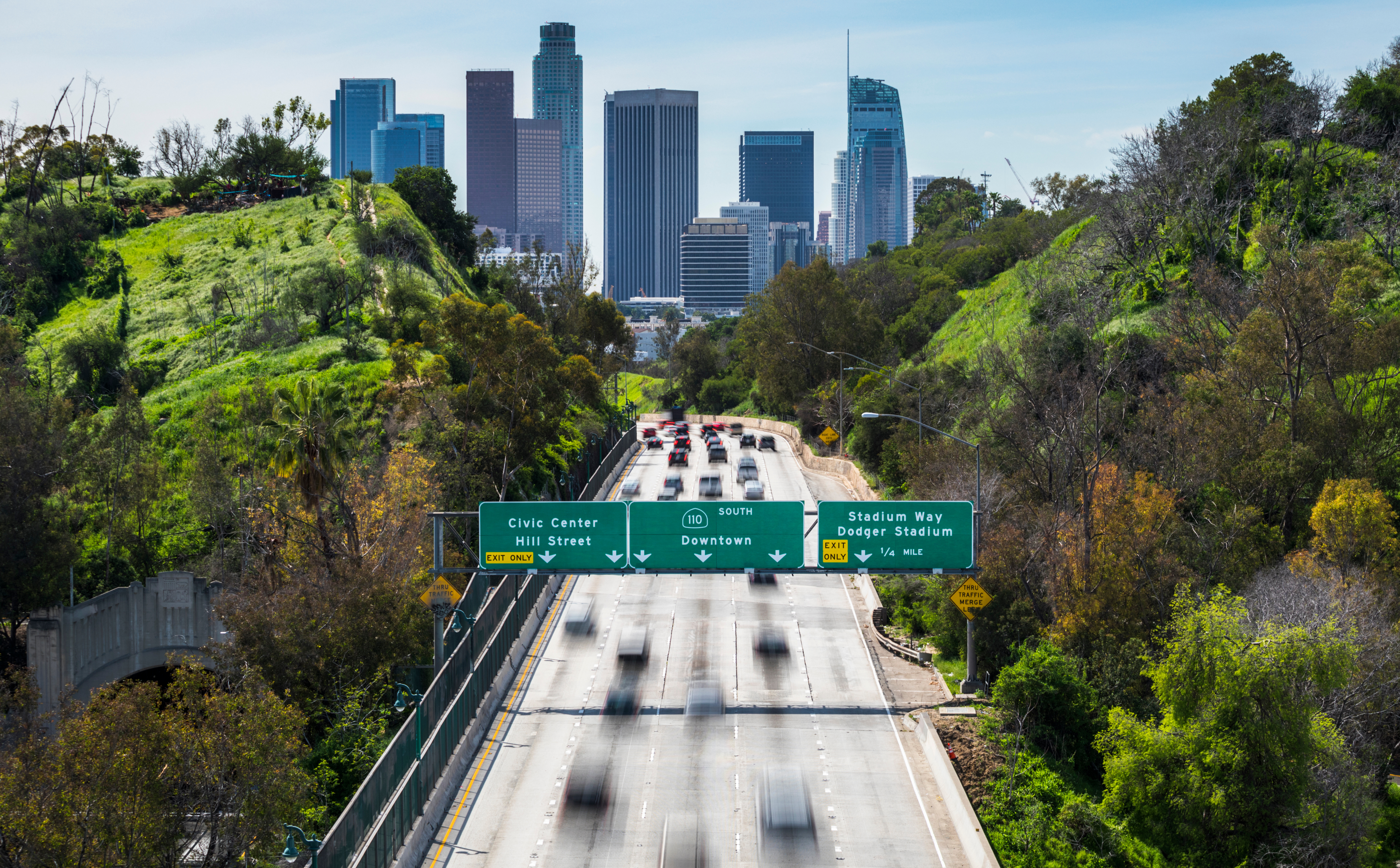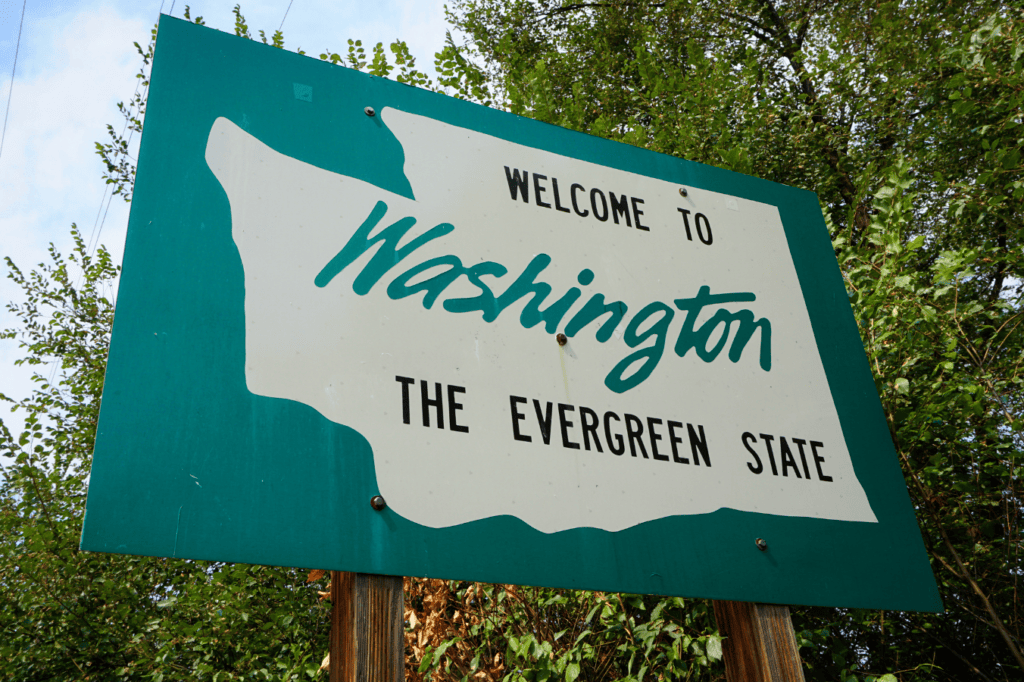Education Center / Understanding the California Low Carbon Fuel Standard (LCFS)
Blog
Category: Environmental Credits, Low Carbon Fuel Programs, Regulatory
Understanding the California Low Carbon Fuel Standard (LCFS)
Many people have heard about California’s Low Carbon Fuel Standard (LCFS)—from energy developers to station owners and fleets. But with all its complexity, the program can be difficult to navigate. Read below to understand more about why the Low Carbon Fuel Standard was created, how it works, and how it can benefit you.
LCFS: PROGRAM OVERVIEW
The Low Carbon Fuel Standard is a market-based program that focuses specifically on reducing the carbon intensity (CI) of fuels used within California. It was created in 2011 by the California Air Resources Board (CARB) as part of several AB32 measures to reduce greenhouse gas emissions throughout the state 20% by 2030 and 80% by 2050.
The LCFS program provides several credit generation opportunities to incentivize the production and use of low carbon fuels, increasing the attainment of AB32 goals. Below are three ways to generate credits under the LFCS program:
Fuel Pathway-Based Crediting: Low-carbon fuels in the California fuel pool can generate credits based on emissions reduced compared to the established CI baseline. These credits incentivize developers to bring more clean fuel options to California.
Project-Based Crediting: This category includes projects to reduce emissions across the petroleum supply chain as well as through carbon capture and sequestration (CCS) using direct air capture.
Zero-Emissions Vehicle Infrastructure (Capacity-Based) Crediting: Installation of hydrogen and DC fast charging electric infrastructure can generate credits based on capacity, and is then credited in accordance to fuel pathways. Infrastructure for zero emission vehicles, especially medium and heavy duty, is limited; these credits solve for that.
For the purpose of this blog post, we’ll focus on fuel pathway-based crediting.
FUEL PATHWAY-BASED CREDITING: FAQS
What Are LCFS Credits + Deficits? Each LCFS credit represents one metric ton (MT) of carbon dioxide reduced. Credits are generated as fuel is consumed within transportation, specifically when the fuel has a CI score lower than the target established by CARB. Fuels with a CI score higher than the CARB target generate deficits. Deficits need to be offset by generating or purchasing LCFS credits.
Who Generates LCFS Credits + Deficits? Typically, regulated parties such as refiners, petroleum importers, and wholesalers are the ones generating credits and/or deficits. Alternative fuel producers can opt-into the program as regulated parties if they choose. Each regulated party along the fuel supply chain either generates LCFS credits or deficits as they bring fuel into the state of California.
What is a CI Score? A carbon intensity (CI) score is used to measure all greenhouse gas emissions associated with the production, distribution, and consumption of a fuel. Each year new CI benchmarks are set to reach LCFS program goals. The CI score is part of the equation to establish the amount of credits or deficits a fuel can generate. Each fuel has a range of CI scores. CI scores are developed based on the life cycle analysis methodology, with varying scores due to feedstock types, origin, raw material processing efficiencies, and use within transportation. Lower CI scores are most favorable because they are the cleanest solutions and therefore, awarded the highest LCFS credit values.
What Happens When Regulated Parties Generate Deficits? Regulated parties that have generated deficits and not enough credits themselves must find credits to buy to satisfy their required obligation per CARB. Alternative fuel producers (that typically generate more LCFS credits than needed) sell their credits to regulated parties using the LCFS Credit Banking and Transfer System, which is a CARB-administered platform. Credit owners can only sell to other regulated party deficit holders, meaning entities not registered by CARB as a regulated party are not allowed to hold LCFS credits.
WHY THE LCFS PROGRAM IS SO IMPORTANT
Air Quality Improvements: California is home to some of the most problematic air quality issues, largely caused by transportation-related emissions. The LCFS marks a sharp turning point in addressing California’s air quality, thanks to its immediate and long-term environmental goals. The LCFS program has been successful at reducing transportation-related emissions and improving air quality for regions that need it most.
Clean Fuel Development + Adoption: LCFS credit values have spurred new interest in clean fuel development, resulting in job creation and economic growth. Landfills, agricultural facilities, and wastewater treatment plants can now transform their waste to a beneficial product, in addition to reducing methane that otherwise would have been emitted into the atmosphere. More clean fuel production translates to greater supply, creating the confidence fleets need to consider adopting alternative fuels. Couple increased supply with a portion of the LCFS credit value California fleets often retain and the incentive for fleets to make the shift to clean fuel intensifies, adding to the positive environmental impact.
WHAT’S ON THE HORIZON?
While the LCFS program is here to stay, benchmark emissions rates change over time in addition to compliance and reporting requirements. It can be challenging to stay current with evolutions to the LCFS, which is key to optimizing returns on clean fuel development projects and clean fuel usage. We can help; reach out to learn how.
Other states are also implementing LCFS-like programs to reduce their emissions. Oregon has its Clean Fuels Program (CFP), and the Renewable Fuel Standard (RFS) is a federal program that continues to drive clean fuel production, aiding state-level programs that incentivize adoption.












